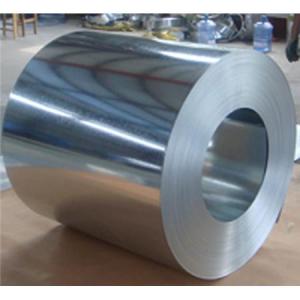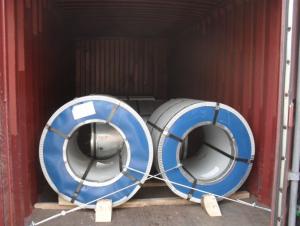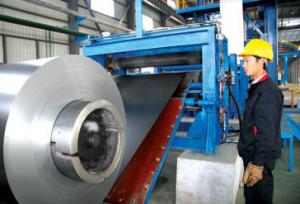DX51 DHot dip galvanized steel coil
- Loading Port:
- Qingdao
- Payment Terms:
- TT or LC
- Min Order Qty:
- -
- Supply Capability:
- 20000 Mt m.t./month
OKorder Service Pledge
OKorder Financial Service
You Might Also Like
HOT DIP GALVANIZED STEEL COIL
specifications
Thickness:0.18-1.2mm
Width:762-1250mm
Zinc:40-140g
Spangle:zero spangle
Surface:chromate, oiled/unoiled, skin pass
Inner diameter: 508 or 610mm
Coil weight:3-20Mt
Application
(1)Guardrails, roofing, ventilation ducts, gutters and down spouts;
(2)Pre-paint and post paint applications, ceiling suspension bars, shutter door rails;
(3Auto parts, electrical appliances, refrigerator appliances, vending machines, washing machines, showcases and other structural use
Standard: ASTM A653/JIS G 3302/EN10327/GB2518
Packing style:standard dampproof, seaworthy export packing or according to customer's requirements
Payment Term: L/C AT SIGHT OR T/T
Production Days: 500Mt or less within 30 days after order/payment confirmed
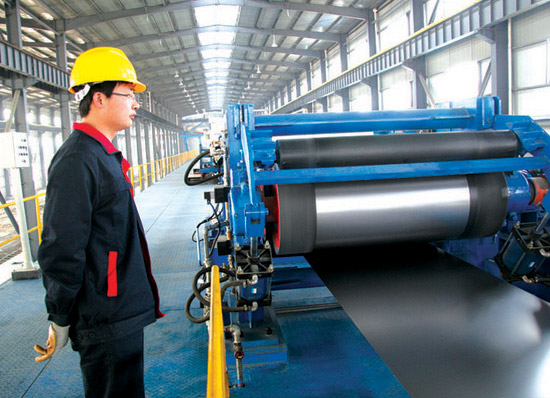
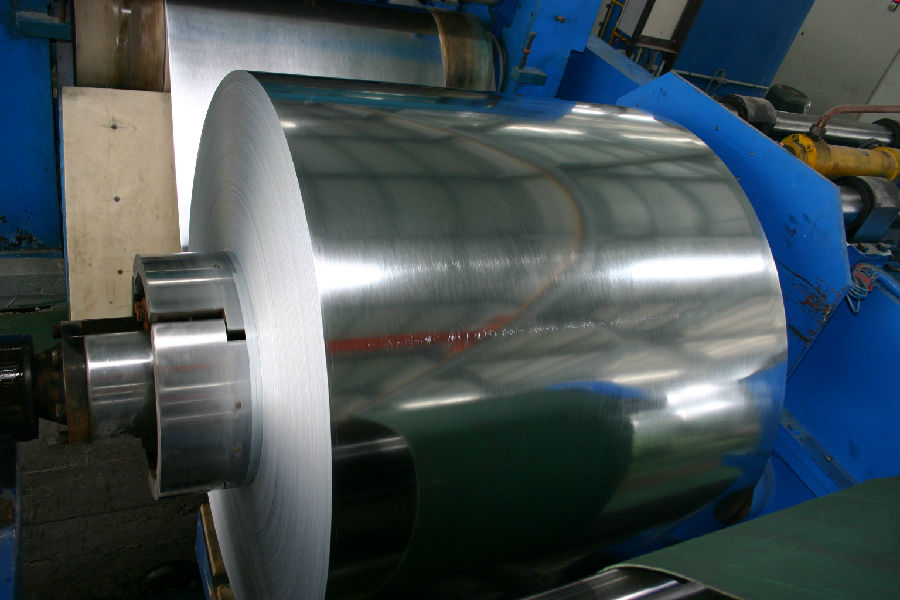
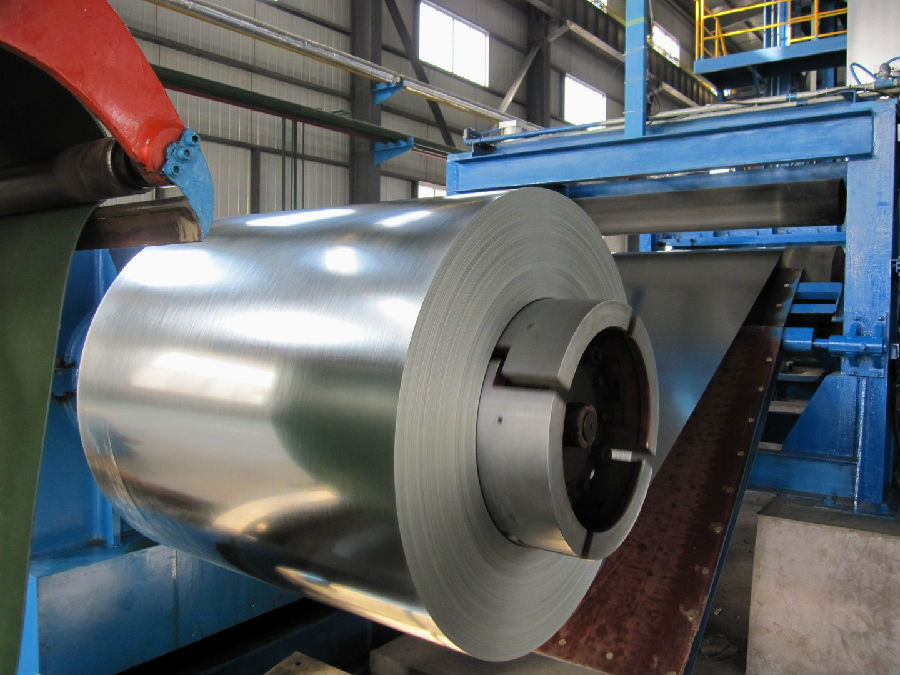
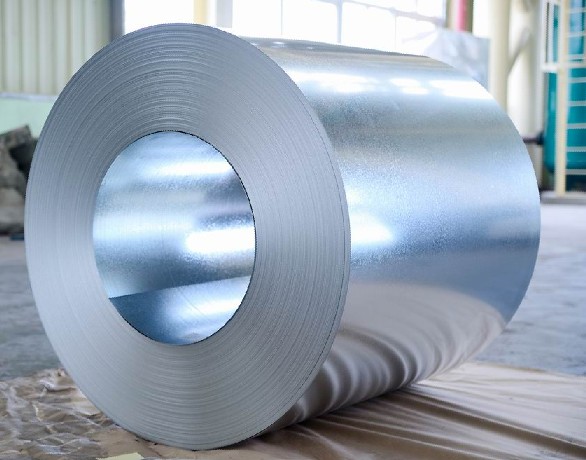

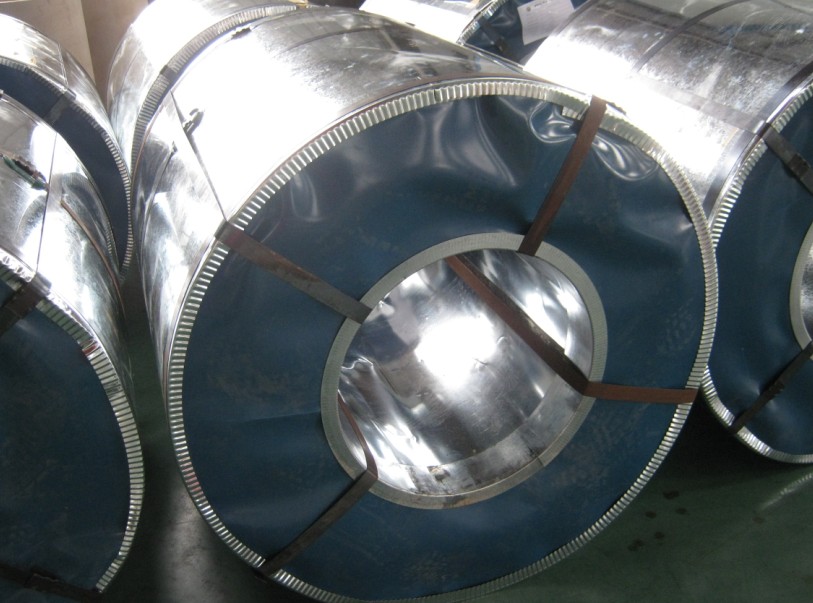
If you have any need of GI or PPGI Coil,please feel free to contact me.
Alena
- Q:What are the common methods of painting or coating steel coils?
- One common method of painting or coating steel coils is through the process of coil coating. In coil coating, the steel coils are first cleaned and pre-treated to remove any contaminants and improve adhesion. Then, a primer or a base coat is applied to the coils to provide a foundation for the final coating. This primer helps in protecting the steel from corrosion and improves the overall durability of the coating. After the primer is applied, the steel coils pass through a series of rollers where the topcoat is applied. The topcoat can be a variety of materials such as polyester, polyurethane, or fluoropolymer, depending on the desired properties of the final coating. These topcoats provide the desired color, gloss, and protection against weathering, chemical exposure, and UV radiation. Another common method of painting or coating steel coils is through the process of electrostatic spraying. In this method, a paint or coating material is atomized into fine droplets and then charged with an electrical charge. The steel coils, which are grounded, attract the charged droplets, resulting in an even and controlled application of the paint or coating material. Powder coating is yet another method used for painting or coating steel coils. In this process, a dry powder is electrostatically charged and sprayed onto the steel coils. The charged powder adheres to the surface of the steel due to electrostatic attraction. The coated steel coils are then heated, causing the powder to melt and form a continuous film, providing a durable and resistant coating. Overall, these methods of painting or coating steel coils offer a wide range of options in terms of color, finish, and performance characteristics. The choice of method depends on factors such as the desired appearance, level of protection needed, and the specific requirements of the intended application.
- Q:How are steel coils used in the production of containers?
- Steel coils are used in the production of containers as they are the primary material for manufacturing container bodies. These coils are shaped and welded into the desired container shape, providing strength and durability to the final product.
- Q:What are the different methods of annealing steel coils?
- Steel coils can be annealed using various methods, each with its own advantages and applications. Full annealing, process annealing, and spheroidize annealing are the main methods. The most common method is full annealing, wherein the steel coils are heated above their critical point (usually between 800 and 900 degrees Celsius or 1472 and 1652 degrees Fahrenheit) and then slowly cooled in a controlled manner. This process refines the grain structure of the steel, making it softer and more ductile. Full annealing is employed to relieve internal stresses, enhance machinability, and improve the overall mechanical properties of the steel. Process annealing, sometimes called subcritical annealing or stress relief annealing, is used to reduce the hardness and brittleness of steel coils. It involves heating the coils below their critical point (typically between 550 and 650 degrees Celsius or 1022 and 1202 degrees Fahrenheit) and then slowly cooling them. This method relieves internal stresses that may have developed during previous manufacturing processes like cold working or welding. Process annealing is commonly used to enhance the formability and toughness of steel coils. Spheroidize annealing is a specialized form of annealing that softens high carbon and alloy steels. It entails heating the steel coils slightly below their critical point (usually between 650 and 700 degrees Celsius or 1202 and 1292 degrees Fahrenheit) and holding them at that temperature for an extended period. This allows the carbides within the steel to transform into rounded or spheroidal shapes, thereby increasing machinability and ductility. Spheroidize annealing is frequently employed in the production of cutting tools, bearings, and other applications that require improved machinability. In addition to these main methods, there are variations and specialized techniques like recrystallization annealing, intercritical annealing, and solution annealing. Each method has specific parameters and temperature ranges. The choice of annealing method depends on factors such as the type of steel, desired mechanical properties, and intended application of the steel coils.
- Q:Can steel coils be stored vertically?
- Yes, steel coils can be stored vertically.
- Q:How are steel coils inspected for bendability using bend testers?
- Bend testers are specialized machines utilized to inspect the bendability of steel coils, measuring their flexibility and resistance against bending. The inspection process involves multiple steps to guarantee precise and dependable outcomes. To begin with, the steel coil is prepared by securing it firmly in place, typically using clamps or other mechanisms to prevent any movement during testing. This ensures stability and enables consistent and repeatable measurements. Following that, the bend tester is set up according to the specified testing parameters. These parameters usually include the desired bend angle, the speed at which the bend is applied, and the number of cycles to be performed. The bend tester is equipped with a bending mechanism that applies a controlled force on the coil, simulating the bending conditions it may experience in its application or use. Once the bend tester is ready, the bending process commences. The machine gradually applies an increasing force to the steel coil until it reaches the desired bend angle. Careful measurement and monitoring of this force take place throughout the process to ensure accuracy. While the bending process is underway, the machine records and displays significant data, such as the applied force, the angle of bend, and any indications of cracking or other defects. This data is crucial for evaluating the bendability of the steel coil and determining its compliance with required standards. Once the desired bend angle is attained, the coil is released from the bending mechanism, allowing any residual stresses to relax. This relaxation period is essential for observing any potential spring-back effect, where the coil partially returns to its original shape after bending. The amount of spring-back is also measured and recorded for further analysis. Finally, the inspection results are analyzed to assess the overall bendability of the steel coil. If the coil meets the specified bendability criteria, it can be deemed acceptable for its intended application. However, if any cracks, fractures, or excessive spring-back are detected, further investigation and analysis may be necessary to identify the cause and determine appropriate corrective actions. In conclusion, bend testers play a crucial role in inspecting the bendability of steel coils. Through a controlled and systematic process, these machines accurately measure flexibility and resistance to bending, ensuring the quality and reliability of steel coils used in various industries.
- Q:What is the tensile strength of steel coils?
- The tensile strength of steel coils varies depending on the specific grade and composition of the steel. However, on average, steel coils have a tensile strength ranging from 400 to 600 megapascals (MPa).
- Q:What are the quality standards for steel coil production?
- The quality standards for steel coil production typically include factors such as dimensional accuracy, surface finish, mechanical properties, chemical composition, and adherence to industry-specific standards and specifications. These standards ensure that the steel coils meet the required strength, durability, and performance criteria, and are suitable for various applications in industries like automotive, construction, and manufacturing.
- Q:Why can hot rolled coils be placed outside?
- Because hot-rolled steel coils are generally used as raw material for semi-finished products, they have to be further used for pickling and cold rolling to make more use. The rust and dust can be removed after pickling
- Q:I feel really stupid asking this question but i feel like a put metal/steel strings on my classical guitar how do you tell the difference?
- The g-string will look and feel thicker than usual, and the strings will look almost like copper.
- Q:i need flint and steel. are there common household items i can get the flint and the steel from????
- no common flint and steel in the house === you need to buy a Boy Scout - flint and steel fire starter kit === or a BIC lighter ... the other thing is a small jar filled with water [[ capped and water level near the top.]] hold the water-jar over some
1. Manufacturer Overview |
|
|---|---|
| Location | |
| Year Established | |
| Annual Output Value | |
| Main Markets | |
| Company Certifications | |
2. Manufacturer Certificates |
|
|---|---|
| a) Certification Name | |
| Range | |
| Reference | |
| Validity Period | |
3. Manufacturer Capability |
|
|---|---|
| a)Trade Capacity | |
| Nearest Port | |
| Export Percentage | |
| No.of Employees in Trade Department | |
| Language Spoken: | |
| b)Factory Information | |
| Factory Size: | |
| No. of Production Lines | |
| Contract Manufacturing | |
| Product Price Range | |
Send your message to us
DX51 DHot dip galvanized steel coil
- Loading Port:
- Qingdao
- Payment Terms:
- TT or LC
- Min Order Qty:
- -
- Supply Capability:
- 20000 Mt m.t./month
OKorder Service Pledge
OKorder Financial Service
Similar products
New products
Hot products
Related keywords
